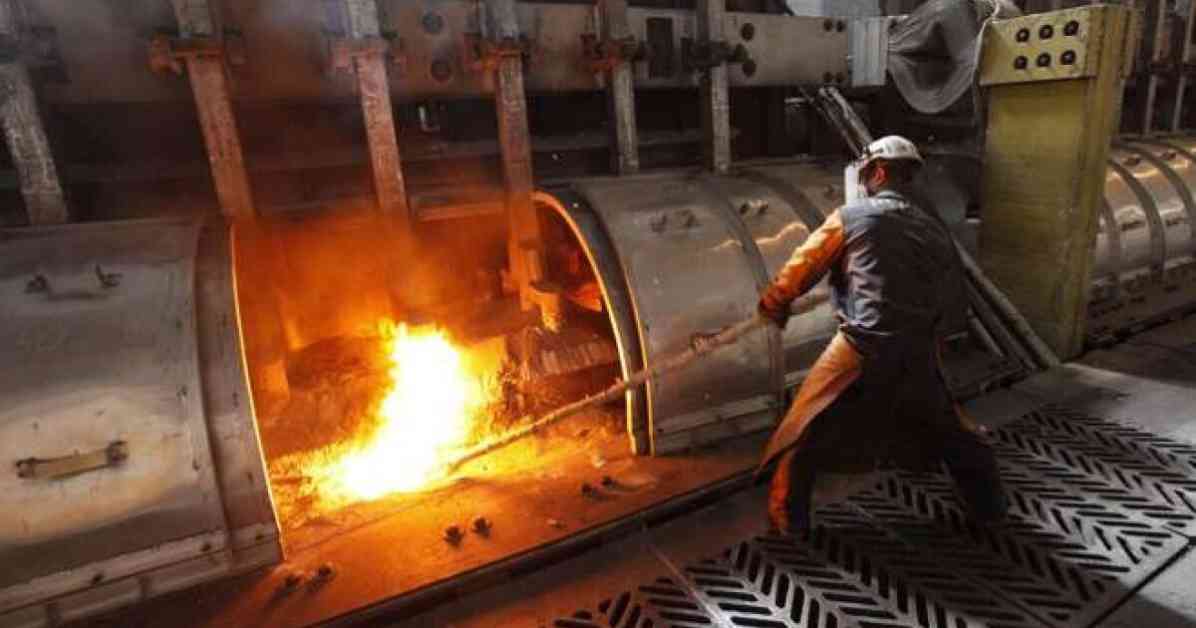China recently made a decision to limit the use of renewable energy in the production of aluminium. This new regulation affects Shandong province, Inner Mongolia, and Yunnan province, with each region having specific percentages of renewable energy they are allowed to use. Shandong can use up to 21%, Inner Mongolia up to 29%, and Yunnan up to 70% of renewable energy for aluminium production.
The reason behind this move stems from a drought-like situation in Yunnan caused by irregular rainfall, which affected the hydroelectric power supply in the area. In response to this issue, Yunnan’s primary aluminium smelters were asked to reduce their power consumption, resulting in a production capacity cut of over 1.1 million tonnes.
Yunnan province is known for being one of the leading generators of new energy power in China, with an installed capacity of around 35.9 million kilowatts, representing close to 30% of the country’s total capacity. In 2023, the province’s new energy power generation reached 41 billion kWh, marking a 56% increase from the previous year. The China Southern Power Grid Company Limited reported that Yunnan achieved a new energy utilization rate of 99.78% in the same year.
On a national scale, data from statista.com shows that Xinjiang province leads in solar power operational capacity with 38,117 megawatts, followed by Qinghai with 28,450 megawatts, and Shanxi with 25,632 megawatts. Yunnan ranks ninth with a capacity of 20,353 megawatts.
Looking ahead, China Hongqiao Group plans to relocate 4 million tonnes of its aluminium smelting capacity to leverage low-carbon energy sources by the end of 2025. The company has already moved 1.5 million tonnes of smelting capacity by the end of 2023, resulting in a 30% reduction in carbon emissions. This move is part of the company’s larger goal to transition all of its smelting operations away from coal-fired energy.
In a positive environmental development, a report from June 2024 indicates that China reduced its thermal power usage by 4.3% in May, marking the most significant drop since 2022. This decrease in thermal power was offset by an increase in hydroelectricity generation, which surged by 39% in May following heavy rainfall. Additionally, power generation from solar farms grew by 29% during the same period.
These recent developments in China’s energy sector highlight the country’s commitment to transitioning towards more sustainable and environmentally friendly practices in the production of aluminium. By limiting the use of renewable energy sources and increasing the reliance on clean energy alternatives, China is taking significant steps towards reducing its carbon footprint and promoting a greener future for the industry.




















